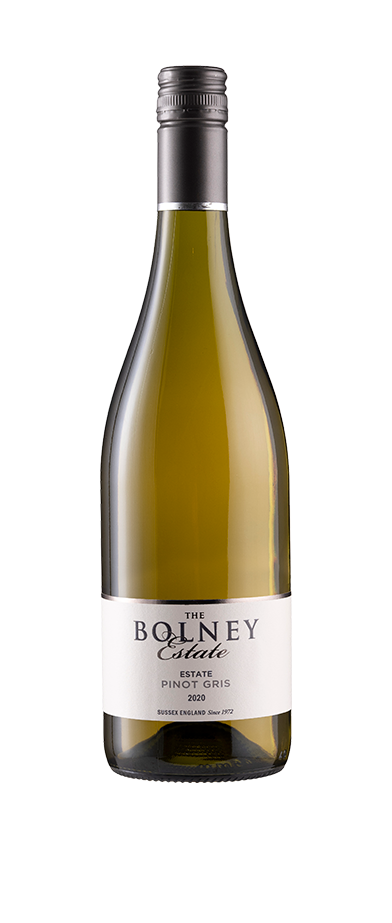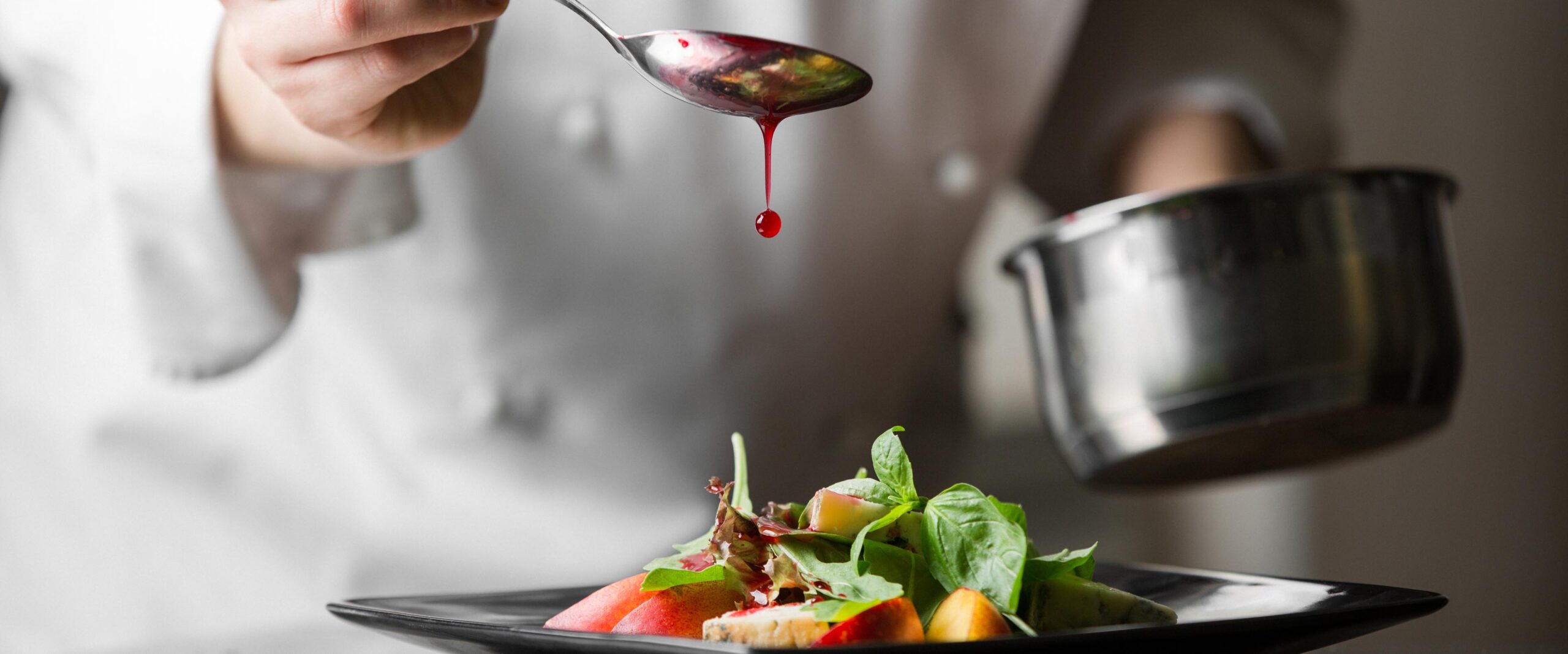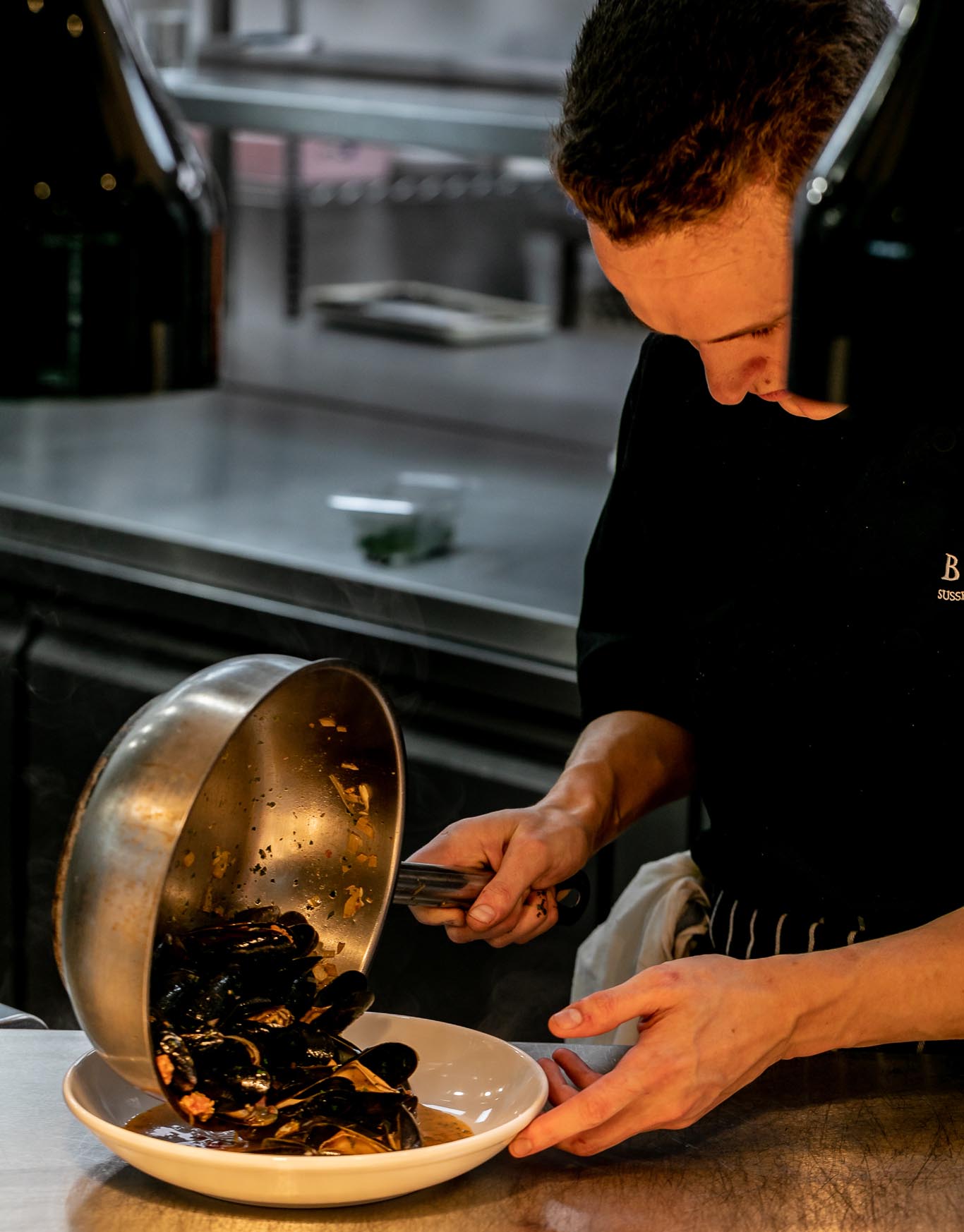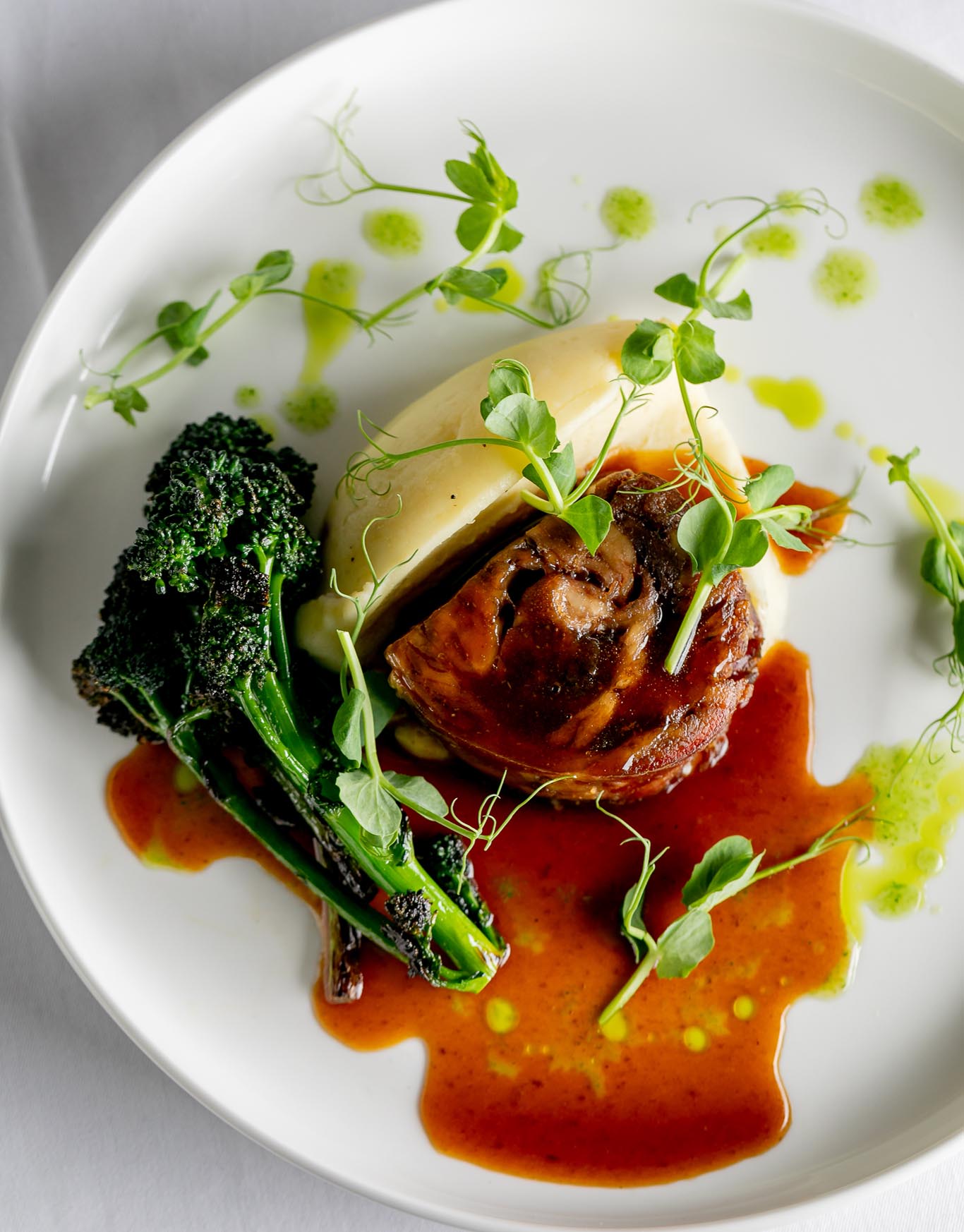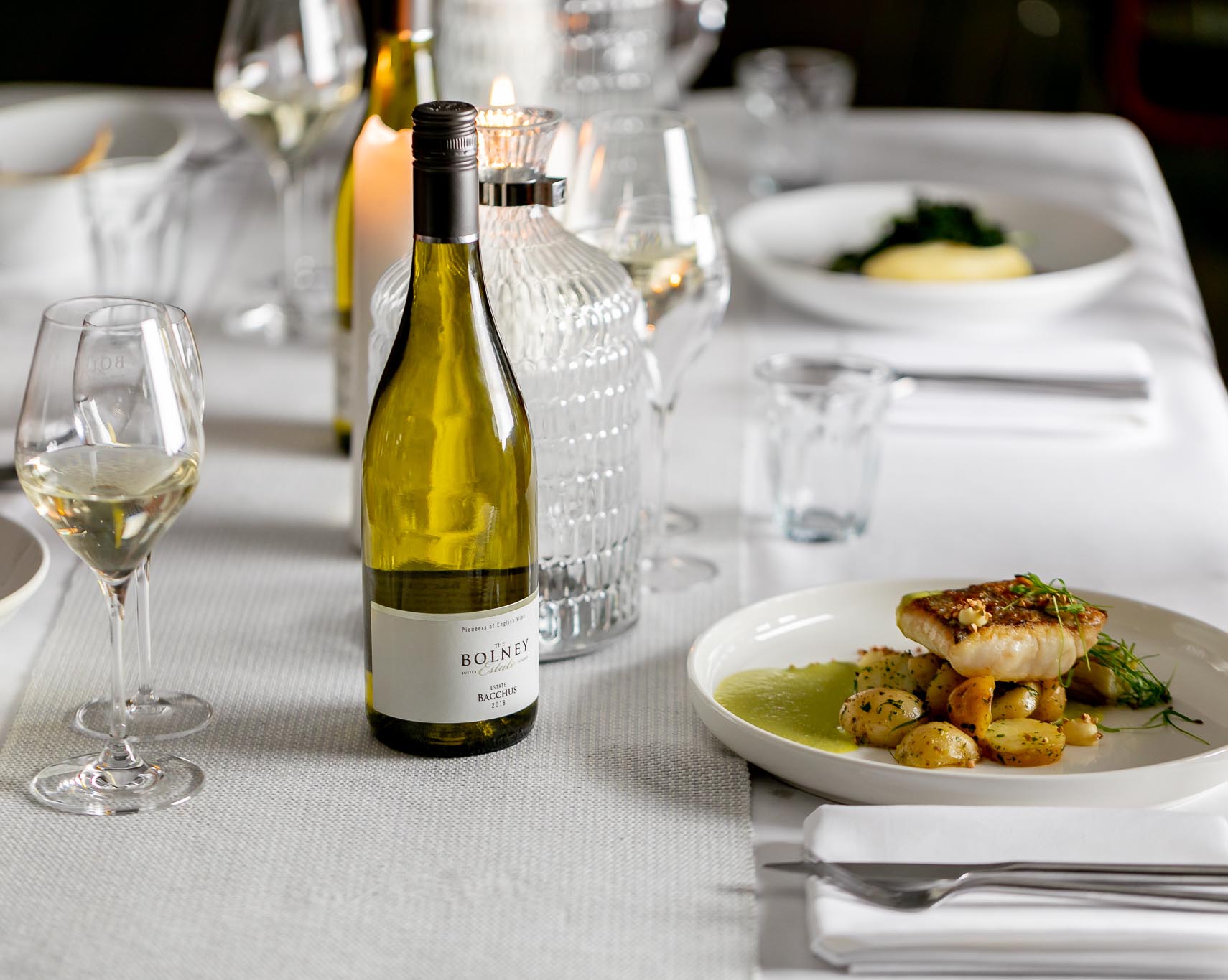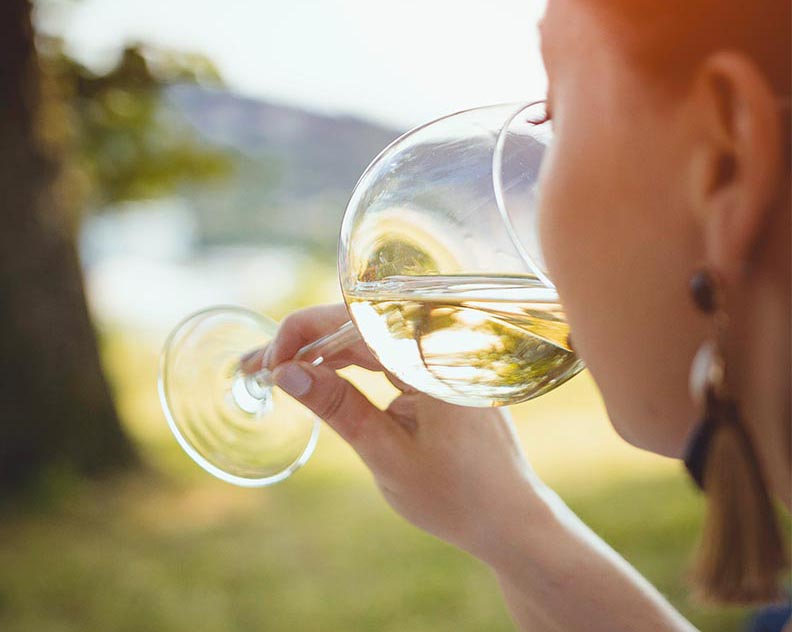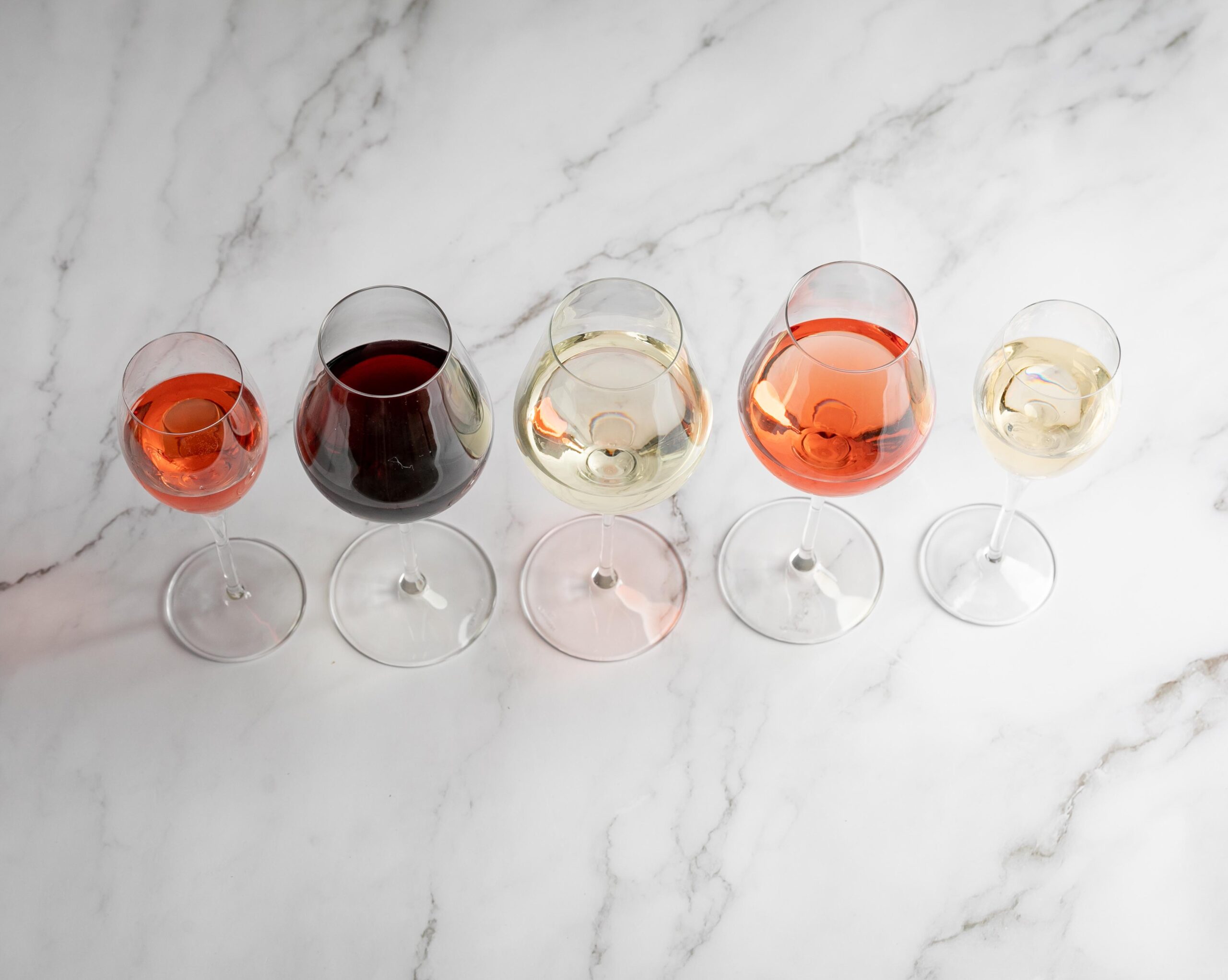Cooking with wine can open up a whole new world of flavours – enhancing the foods we love and creating richer, more complex dishes. Before beginning to cook with wine, it helps to take a moment to understand how wine works as an ingredient in a dish, what the best wines for cooking are, how to cook with wine, and when to add it. We’ll also cover some of the most commonly asked questions such as what’s the difference between drinking wine and cooking wine? Can you cook with wine if it’s old? And can children eat food cooked in wine?
How to cook with wine
Cooking with wine changes the flavours of both the wine and the food it’s added to. You don’t necessarily have to use only wine that you like to drink – a wine that’s a little too sweet for you, for example, could work very well in a sweet sauce.
Think of wine as another seasoning available to you as a chef – it can add acidity, helping to emphasise other flavours present in the dish, or sweetness, fruit or other influences. But the effect really depends on the type of wine you use – white, red, dry, sweet, fortified – all add subtly different things to the final dish. Let’s take a look at some of them.
Best white wines for cooking
Chicken, seafood and fish dishes can be really enhanced with the addition of good white wine. Just like when you’re cooking with red wine, try to use fuller, richer wines with more flavoursome meats like lobster or shellfish (especially mussels in white wine sauce) – Chardonnay is the best choice here, especially if you’re using a creamy sauce, Pinot Gris always adds extra zing and complexity to shellfish dishes – add a splash to your seared scallops in a buttery sauce. Pinot Grigio for cooking also works well – drier than most Pinot Gris, crisp and not overpowering – great for carbonara sauces if you’re cooking pasta. Our white wines also pair brilliantly with these meals, so as you sit down to enjoy your freshly prepared dish, pour yourself a glass too.
Only use sweet wines for dishes which have a good amount of sugar already – or in desserts. Remember, the lighter the dish in terms of flavour, the lighter your wine should be.
Which red wine is best for cooking?
One handy tip when cooking with red wine is that for leaner meats, use lighter reds. So for a rich, fattier meat such as a leg of lamb, you’ll want a bolder, more complex wine. Pinot Noir is great for complex meats such as venison; you could also try a Shiraz or a Malbec as other medium-bodied options. Again, these also make a mouthwatering match to enjoy with your dish too.
Red wine for cooking can also be used to make what’s known as a ‘reduction.’ This is where you simmer the wine until the flavours are intensified and some of the alcoholic ‘edge’ is cooked off. This is a great way to make gravy to accompany roasted meats – you can add flour, herbs, butter, meat juices and your red wine. If you’re wondering ‘does alcohol burn off in cooking?’ then the answer is that it won’t completely disappear, but it will get less as you cook it for longer. You can also use red wine to marinate meats – it can tenderise it and add a richness that can otherwise be harder to achieve.
And what about those flames you see when chefs ‘flambé’ their pans? Usually they happen when cooking with spirits, and as wine has a lower percentage of alcohol in it, it probably won’t set alight.
Remember that low-tannin wines can make a sauce smoother, and wines which tend towards bitterness can work well with saltier foods – the salt in the dish can help soften the wine.
Cooking with fortified wines
You can also cook with fortified wines – just use a smaller amount. Whether it’s Madeira, Marsala, Sherry or Vermouth, they can add real depth to a dish as well as sweetness.
Dry sherry can be used for a very special lobster thermidor, and you could try caramelizing your onions with Madeira. Port is wonderful with a nice lamb shank.
When using a dry white wine or Vermouth, risotto is a great dish to make – pour it in gradually as you are cooking the rice and it will be absorbed, giving the rice a wonderful sweet and creamy texture.
For a unique twist on your food and drink pairing, why not explore our vermouth and gin cocktail recipes?
The Do’s and Don’ts of Cooking with Wine
- Do use wine in the earlier stages of cooking – this will let it seep into the meat or other parts of the dish and prevent it from being overpowering. If you’ve left it too late before adding your wine, you could use a separate pan, reduce it down, and then add it to your dish.
- Do keep some alternatives in the cupboard in case you run out of wine. Cooking with Vermouth, for example, can give an aromatic flavour to food and be a great alternative to white wine – and as it’s already more intense, it doesn’t need reducing down as much.
- Do ‘deglaze’ your pan – this means that once you’ve cooked your meat in the pan (or baking tray) and removed it, you can add wine to the pan (usually red wine) and let it mix with the browned pieces of meat stuck to the bottom, along with the meat juices, creating a lovely rich sauce.
- Do enjoy your wine alongside your dish, as well as adding it to your dish!
- Don’t assume all the alcohol will be cooked away or evaporated – unless you’re cooking it for more than three hours, some will remain, so be careful and avoid serving to those avoiding alcohol.
- Don’t use wine you wouldn’t be happy to drink on its own.
- Don’t be afraid to experiment – there are so many great combinations of wine and food in dishes. You can poach with it, braise, marinate or pickle vegetables.
Can you cook with wine if it’s old or corked?
Never cook with corked or oxidised wine – it is likely to spoil the dish or at least not add anything to it. If wine has only been open a day or two then it is usually fine to cook with – but no longer than you would want to drink it!
What’s the difference between cooking wine and regular wine?
Be careful of wines labelled ‘cooking wine’ – they can be poor quality, and not be any cheaper than a good standard bottle of ‘drinking’ wine.
- Fortified Wines
- 20% ABV
Bolney Rosso Vermouth
£17.00 – £204.00
- Fortified Wines
- 20% ABV

